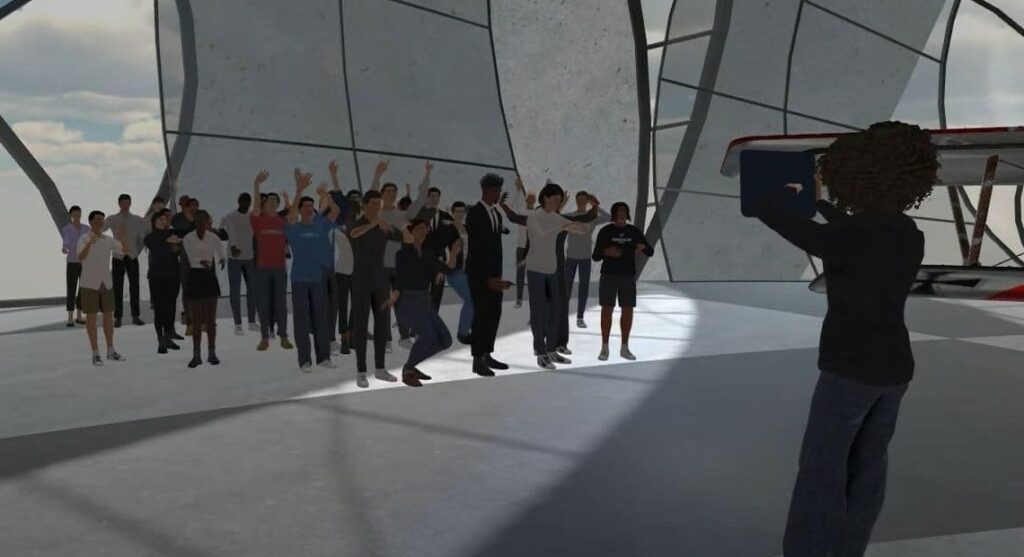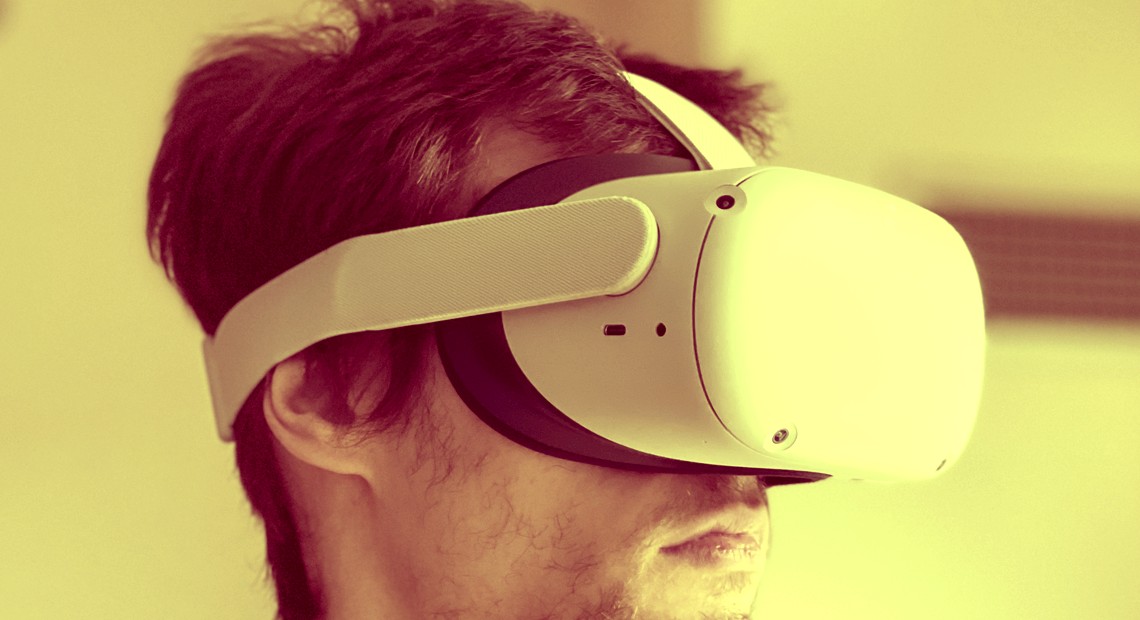The Quest 2 has been on the rise for being one of the most widely accessible headsets on the market, with the headset also being used inside and outside of work.
With the drive for a “Metaverse,” introducing the usage of VR in everyday life, and a class in Stanford that is completely hosted in the medium. Meta’s has also played a part in getting more people interested in VR.

Stanfords VR Centric Class
Professor Jeremy Bailenson, who has spent most of his career working with virtual reality and augmented reality. Teaches the class in question, Communication 166. He intends to use the Oculus Quest 2 to teach the class. During the course, students will receive a Quest 2 headset. Furthermore, the headset will return to the school at the end of the semester after completion of the course.
The course structure includes student reading and a content response paper. Followed by the students meeting in Virtual Reality utilizing ENGAGE together.
This new means of learning through technology, such as virtual reality, could usher in a whole new era of distance education. Students can learn in virtual reality while staying at home. Students can collaborate in a virtual setting by sitting in digital classrooms.
With the rise in interest in virtual reality and Meta’s quest for a Metaverse. This is a glimpse into the future that Meta wants its customers to be a part of. One question, though, remains. Is the Metaverse that Meta desires attainable with the commencement of courses like the Stanford VR program and the continuing of Meta’s larger goals?
Is Meta’s Metaverse Obtainable?
Meta envisions a world in which virtual reality has become a part of everyday life. With individuals using Meta’s Headsets for both work and enjoyment. The company’s goal is to keep people in the headset for as long as they can. Is this, however, feasible, or does it remain a work of fiction?
While virtual reality is becoming more ubiquitous, there are still some things that reality can accomplish that aren’t possible in virtual reality. With the Quest 2 remaining more of a game gadget than a device that can be used for both work and pleasure.
New experiences have been possible with concepts like VR controllers, but simulating the senses of touch, smell, and other senses would be a tall order for today’s headsets. All other technologies would have to become more affordable in addition to the headsets. There is also a limit to what VR can do.
While it may appear that people can live their lives in virtual reality, other people will want to walk outside and live their lives in the real world and will be uninterested in this technology.
While the Stanford class is a step in the direction that Meta appears to be heading with the Metaverse, the VR-centric future remains confined to the realm of fiction for the time being.









 and then
and then